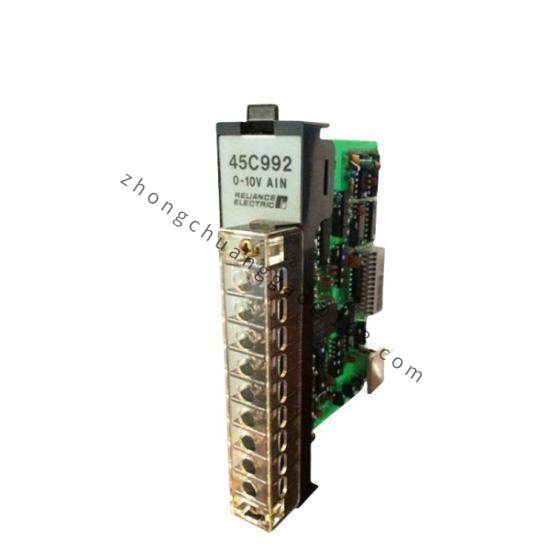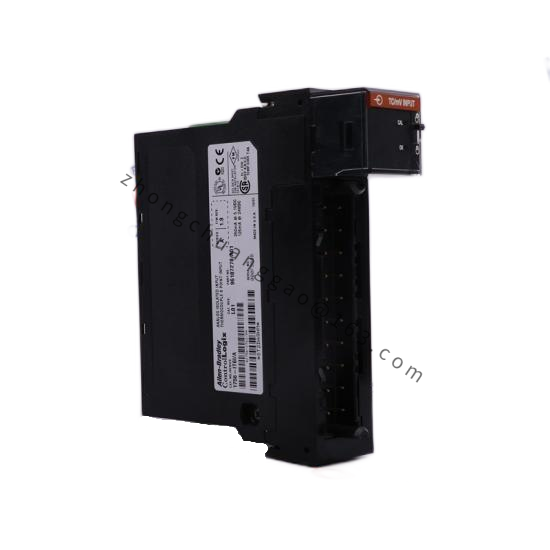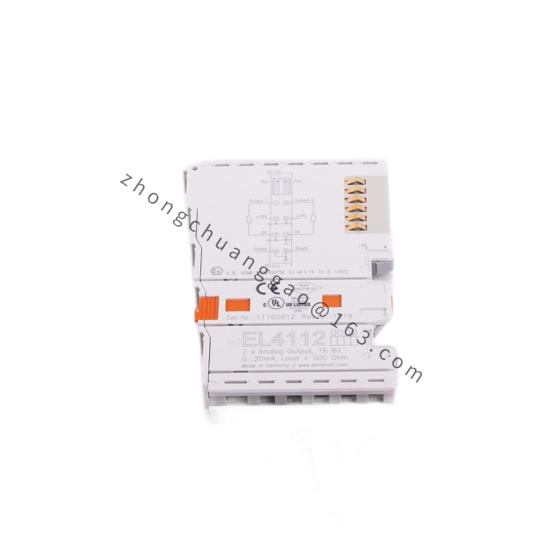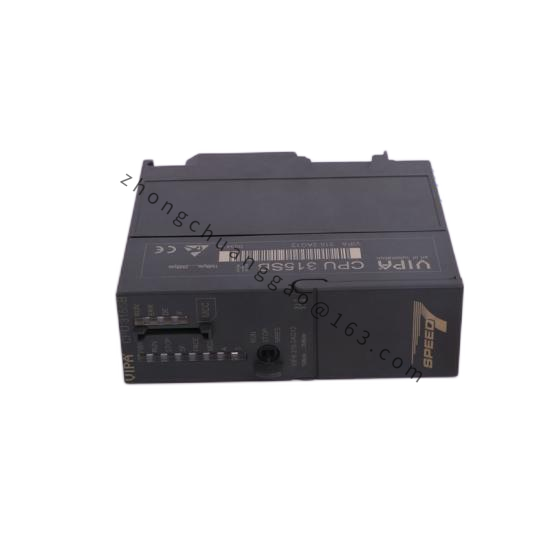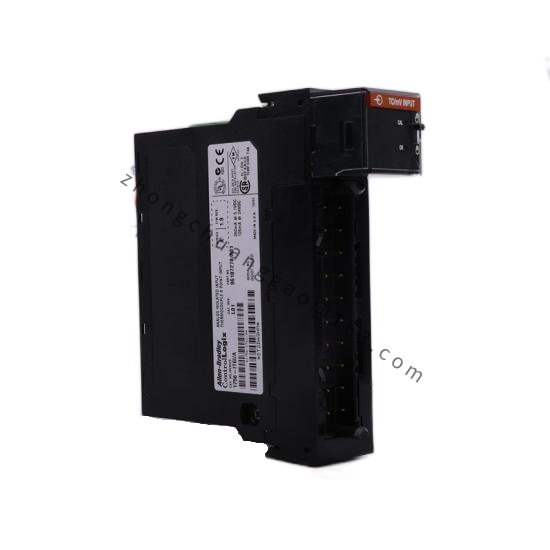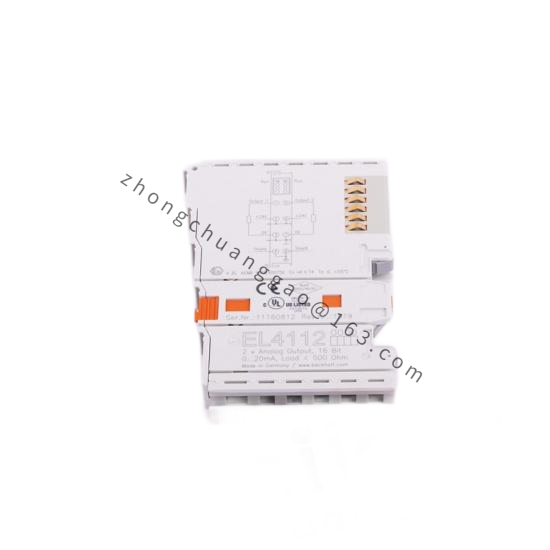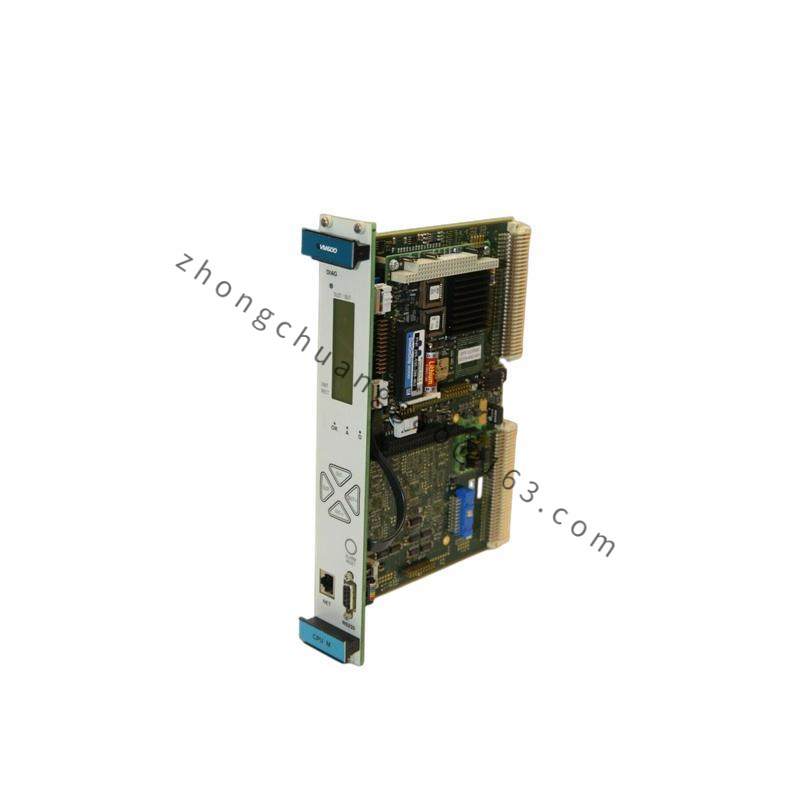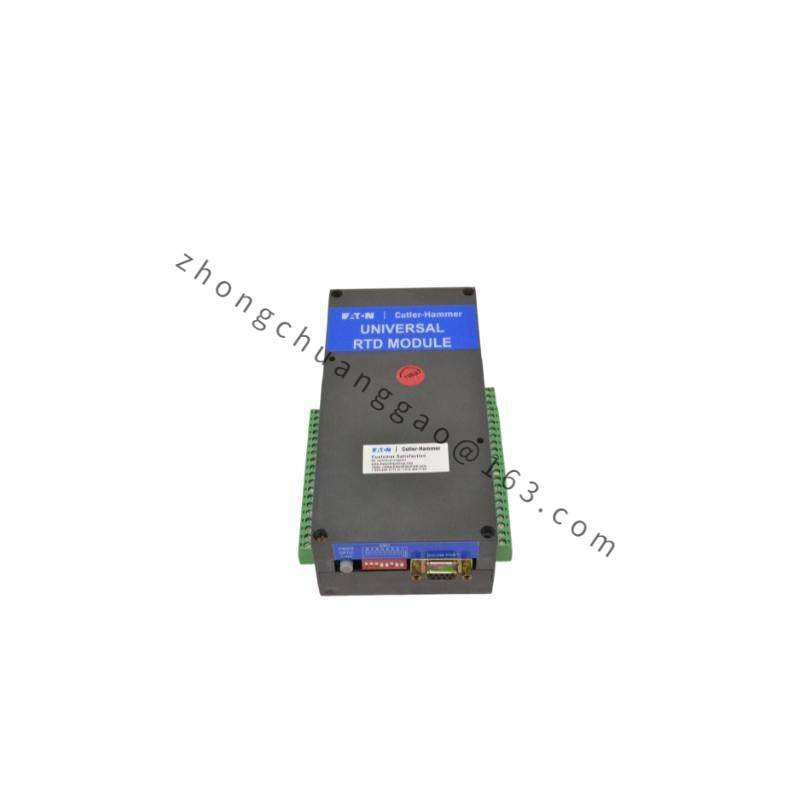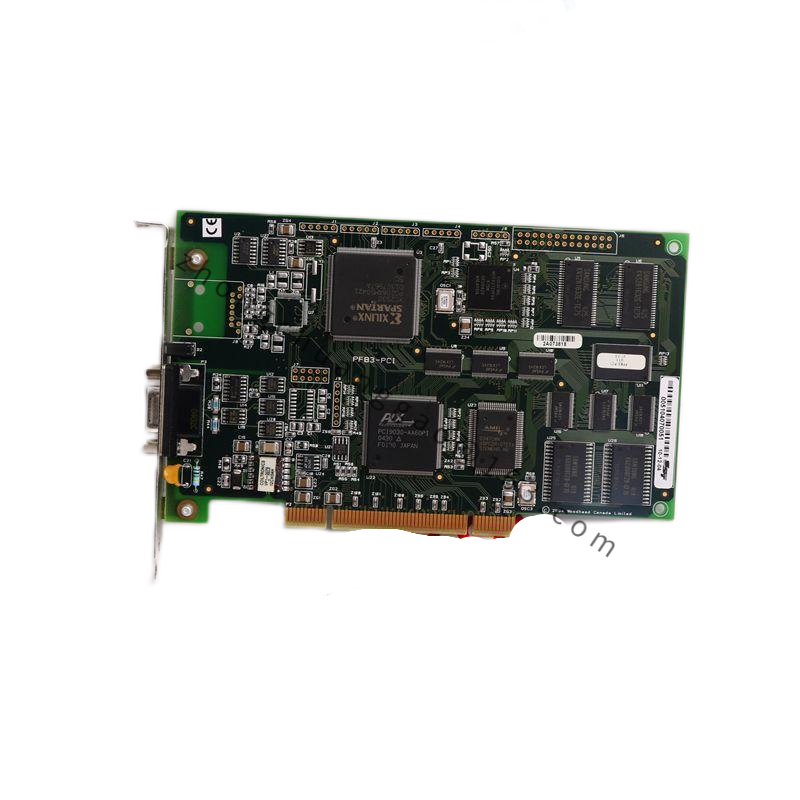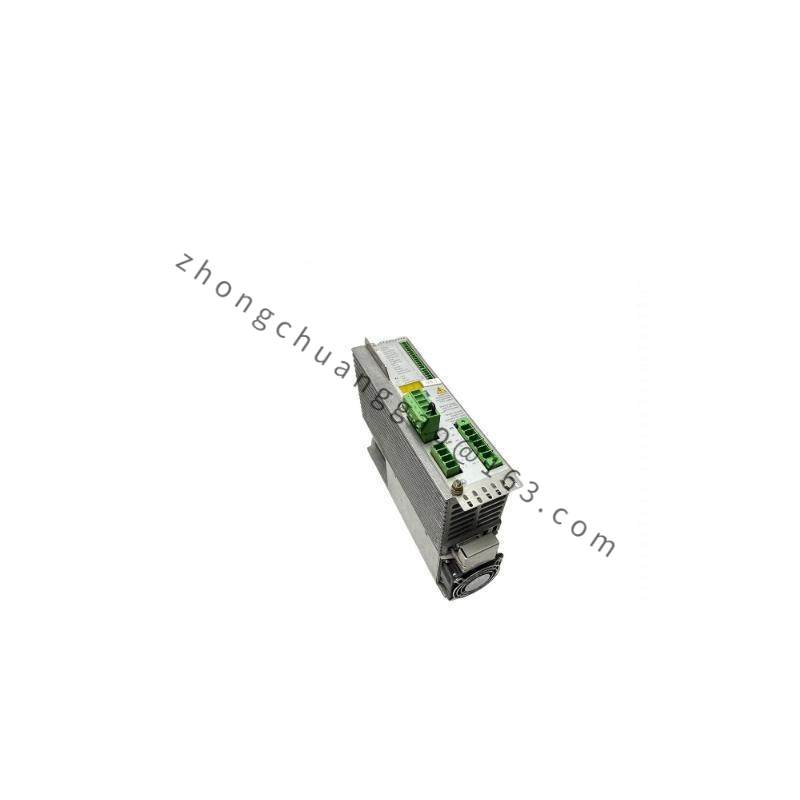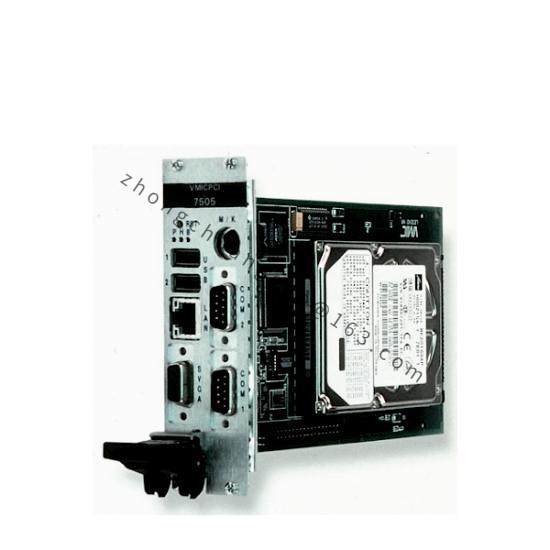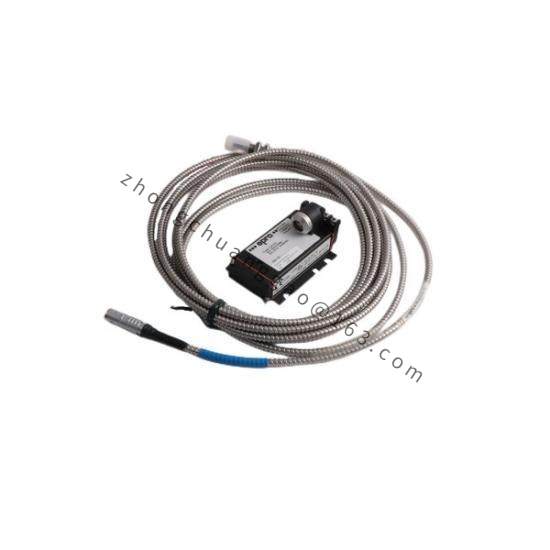Reliance Electric 61C515 AutoMax Analog Input Module, High-Performance Control Solutions
The Reliance Electric 61C515 AutoMax Analog Input 8-Point Module is an essential component for industrial control systems, designed to provide precise analog input signals for real-time monitoring and control applications.
Detailed content
Number of Input Channels:16
Supported Signals:Voltage and Current
Power Supply:115V AC
Sampling Rate:100 ms
Operating Range:-50°C to +100°C
Communication Interface:Modbus/TCP
Dimensions:150 mm x 104 mm x 95 mm
Weight:0.7 kg
The Reliance Electric AutoMax 61C515 is specifically engineered for integration into complex industrial control systems, providing unparalleled accuracy and reliability in temperature sensing applications. This module supports various resistance temperature detectors (RTDs), making it suitable for a wide range of industries including petrochemicals, manufacturing, and food processing.
Featuring an advanced digital signal processing system, the AutoMax 61C515 ensures fast and precise data acquisition, reducing the risk of errors commonly associated with analog signals. Its modular design allows for easy installation and maintenance within existing control panels.
Built with robust materials and subjected to rigorous quality testing, this module withstands harsh industrial environments, ensuring continuous operation even under extreme conditions. The durable construction includes a compact yet sturdy housing that protects internal components from dust and moisture.
The AutoMax 61C515 is equipped with an intuitive interface that simplifies setup and configuration processes. It supports Modbus RTU communication protocol, enabling seamless integration with most industrial control systems and software platforms. This facilitates remote monitoring and control, enhancing operational efficiency and reducing downtime.
With its comprehensive set of features and robust performance, the Reliance Electric AutoMax 61C515 RTD analog input module is an ideal choice for manufacturers seeking to improve the precision and reliability of their temperature measurement systems.
